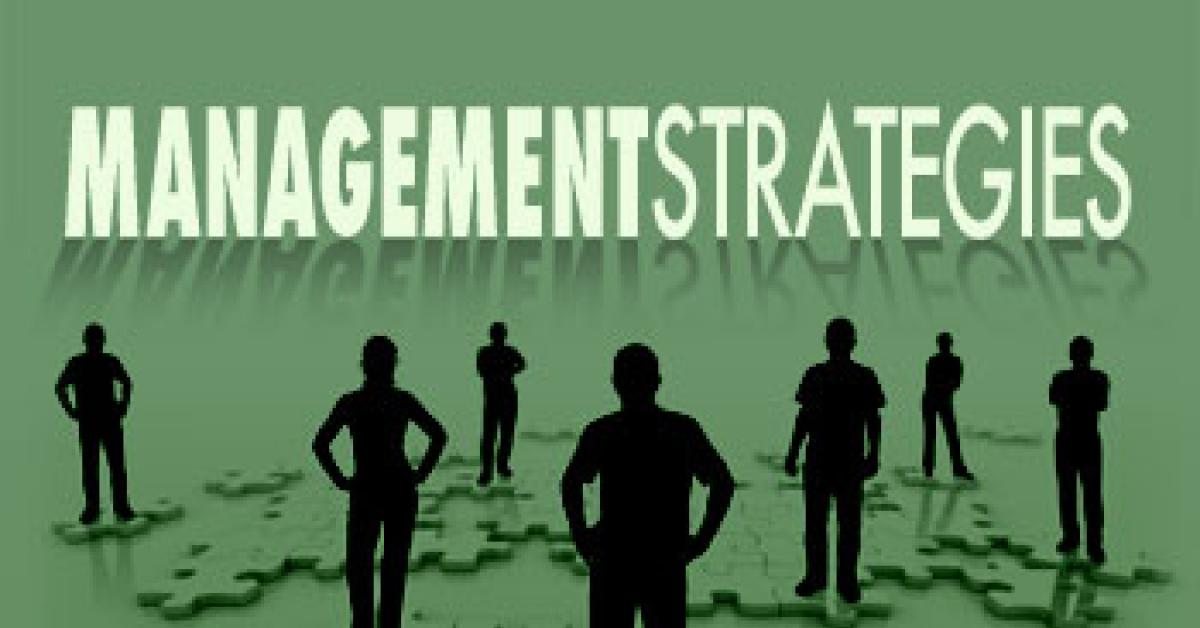SAN FRANCISCO — Supply costs are a significant expense in a fabricare operation, so it is important to control supply inventory. Conversely, it is crucial to operational efficiency that supplies be on hand when they are needed to avoid downtime caused by delivery delays. To control both considerations, it is critical to achieve balance between cost and need.
The supply chain decisions necessary for smooth operations are many due to the various facilities and processes that occur throughout the company. The facility most common for supply discussions is the plant, but the stores, fleets, employees and the back office also consume supplies regularly. They, too, must be provided with a regular stream of replenishment determined by usage, delivery time, periodic bid price and desired safety cushion.
Managing these various streams of supplies can keep costs down while simultaneously providing for seamless operational functions.
KEEP-ON-HAND CRITERIA
There are many criteria to identify which supplies are essential to keep on hand and which need a greater safety cushion of inventory. Some are listed here:
Management Effectiveness — Will it increase management effectiveness?
Operational Efficiency — Will it improve efficiency? For example, will the addition of a supply or part reduce the amount of support staff needed? This can happen with a retrofit part that corrects a weakness, such as an added sleeve placket pressing attachment. It can also be affected with a chemical that improves the cleaning in the wheel and reduces the need for individual spotting.
Capacity — Will it improve capacity, i.e. faster throughput provided by bar codes?
Customer Impact — Will the lack of stockpiling impact the customer in any way?
Image/Brand Impact — Will the lack of inventory impact your image and branding message, i.e. logo zip comforter bags vs. plain packaging?
Employee Morale — Will the lack of a reserve stock of the item impact employee morale? For example, worn-out padding is far less efficient than properly functioning pads and will negatively affect employee morale because it is more difficult to make productivity goals. Leaking steam traps have a similar impact, as does the absence of paper products in the restrooms.
Dependence on Staff — Will it make you less dependent on your current staff or make them “smarter”? As recruitment and retention challenges increase, less reliance on people is a major consideration. Example: Scanners help eliminate human error.
COMPILING THE INVENTORY SUPPLY LIST
The easiest way to compile a central list is from supply invoices over a quarter and a year. Your suppliers can usually provide these aggregated lists to you. By comparing all items ordered last quarter against those ordered last year, you will be able to identify the predictable items and your consumption rate.
Items that were ordered less frequently than quarterly will help you identify the non-predictable but critical items that must be monitored, i.e. weekly testing of the compressor for operational efficiency.
A basic list by category and item from which to build is offered by most suppliers and may simplify the process initially.
For control and consistency, it is recommended to have a central coordination of the supply ordering, including the use of sequential purchase order numbers. This might be part of one person’s responsibility in a small company or a part of the accounting department in a larger one.
This function controls the daily application of the strategic and tactical decisions relating to supply inventory, which should clarify:
- How will the critical items be made visually prominent for the person counting them?
- How often must the supplies be inventoried and replacements ordered?
- Who is responsible for counting the stock and/or writing the order?
- How is the purchase order controlled and approved?
- How is the resulting shipment, packing slip and price compared to the contracted purchase order? (Note: In many jurisdictions, by law the supplier cannot increase the price over the original price printed on the purchase order.)
- Ways to keep costs down, i.e. by combining items on a single order, implementing the periodic bid process, etc.
- Who calculates how many days or weeks of supply are needed on hand for a given item, and what is the desired safety cushion needed for that item?
- Where will the inventory be stored: centrally vs. on site at facility? Central stores can provide a less expensive safety-cushion alternative, but it must be clear who is responsible for fulfilling and delivering the order to the site that needs it.
Consistency in these procedures and guidelines will ensure a more reliable stream of supplies to the relevant operating units.
INVENTORY CONTROL AND ORDERING FORMS
A consistent and easy-to-use inventory control and ordering spreadsheet will help keep the supplies stocked at designated levels. It will also help identify if the target levels continue to be optimum or if they need to be revised. This may be necessary on a seasonal basis, with sales trends, or as different individual items trend up or down.
Most accounting programs have inventory control and ordering components, so check to see if your program has an integrated inventory component.
If you have not yet set up an inventory control and ordering system, keep in mind that once it is completed, your ability to track, manage and predict your supply costs will become a simple process that is easily delegated.
Miss Part One? You can read it HERE
Have a question or comment? E-mail our editor Dave Davis at [email protected].

